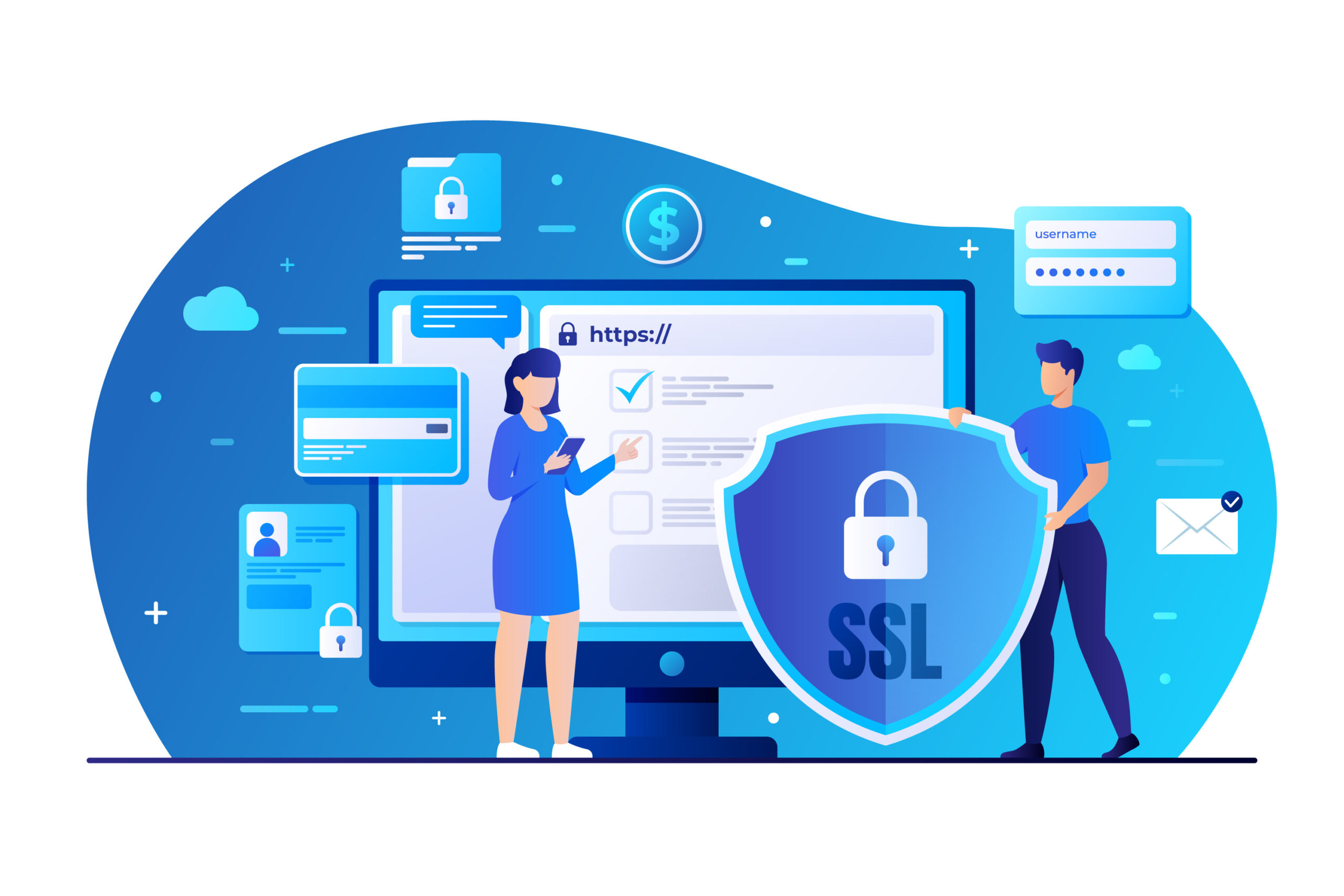
In today’s digital landscape, the traditional perimeter-based security model is becoming obsolete. As organizations embrace cloud computing, mobile workforces, and a plethora of internet-connected devices, the need for a more robust security framework has never been greater. Enter the Zero Trust model, a transformative approach to digital identity and security that challenges the conventional wisdom of trust.
What is Zero Trust?
The Zero Trust model is a security paradigm that operates on the principle of “never trust, always verify.” Unlike traditional security models that assume everything inside the network is safe, Zero Trust assumes that threats could be both external and internal. Therefore, it mandates strict verification for every user, device, and application, regardless of their location.
Key Principles of Zero Trust
- Verify Identity Continuously: Zero Trust emphasizes the importance of continuously verifying the identity of users, devices, and applications. This goes beyond the initial authentication and requires real-time monitoring and validation to ensure that access permissions are still valid.
- Least Privilege Access: Users and devices should only have access to the resources necessary for their roles. This principle minimizes the potential damage in case of a breach by limiting the scope of access.
- Micro-Segmentation: Network segmentation in Zero Trust is granular and dynamic. Instead of a broad, flat network, resources are divided into smaller segments. This segmentation limits the lateral movement of threats and helps contain potential breaches.
- Comprehensive Monitoring: Continuous monitoring and logging are crucial in a Zero Trust model. Detailed logs and metrics help detect suspicious activities, enforce policies, and provide insights into potential threats.
- Dynamic Access Control: Access decisions are based on a dynamic assessment of risk factors, such as user behavior, device health, and the sensitivity of the resource being accessed. This ensures that access is granted based on the current context and risk level.
Implementing Zero Trust in Digital Identity
Implementing Zero Trust in digital identity requires a strategic approach and a combination of technologies and practices. Here’s how organizations can effectively deploy Zero Trust principles:
- Identity and Access Management (IAM): Strengthen IAM systems to support multifactor authentication (MFA), single sign-on (SSO), and identity federation. This ensures that users are properly authenticated and authorized before accessing resources.
- Endpoint Security: Endpoint Security, such as endpoint detection and response (EDR) and mobile device management (MDM). Ensure that devices meet security standards before granting access.
- Network Security: Utilize network segmentation, firewalls, and intrusion detection systems to enforce Zero Trust policies. Implement secure access gateways to control traffic and enforce access policies.
- Data Protection: Encrypt sensitive data both in transit and at rest. Apply data loss prevention (DLP) measures to safeguard against unauthorized data access and exfiltration.
- Security Analytics: Leverage security information and event management (SIEM) and user and entity behavior analytics (UEBA) tools to gain insights into user behavior and detect anomalies.
Challenges and Considerations
While the Zero Trust model offers significant advantages, it also comes with challenges. Implementing Zero Trust can be complex and requires a cultural shift within organizations. It involves rethinking traditional security practices, investing in new technologies, and continuously adapting to evolving threats.
Additionally, Zero Trust requires a deep understanding of the organization’s architecture and workflows. Accurate and up-to-date information about users, devices, and applications is essential for effective policy enforcement and risk management.
Conclusion
Zero Trust Security is not just a security model; it’s a fundamental shift in how organizations approach digital identity and access management. By embracing the principles of continuous verification, least privilege access, and comprehensive monitoring, organizations can better protect their digital assets and respond to emerging threats. As the digital landscape continues to evolve, adopting a Zero Trust approach will be crucial in maintaining a robust and resilient security posture.






